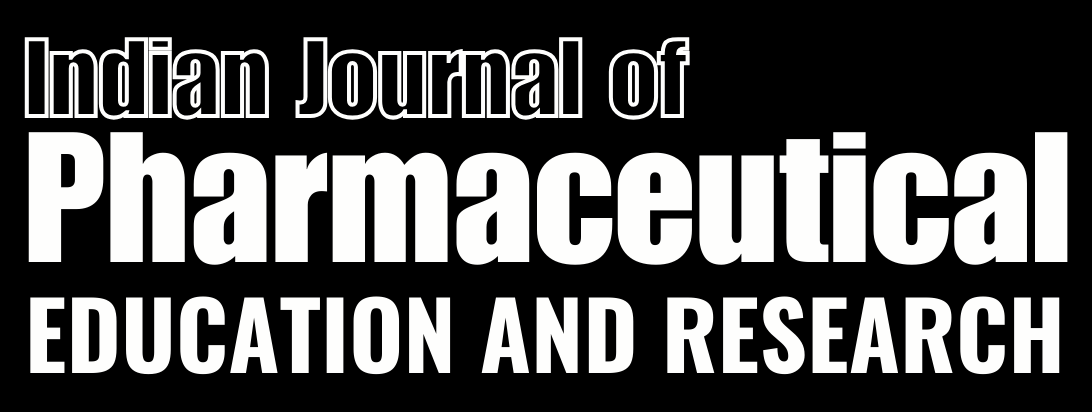ABSTRACT
Background:
Gemcitabine hydrochloride (GEM) is a drug of choice in treatment of various malignancies, but has limited use for oral drug delivery because of its very short plasma half-life. Nanocochleates can be a promising nanocarrier for improving oral delivery of GEM.
Materials and Methods:
The Trapping method was utilised to prepare nanocochleates of GEM. To find a wide range of potential causes influencing particle size and entrapment efficiency, the Ishikawa diagram was employed as a cause analysis tool. The Taguchi screening model was used to filter the variables influencing the particle size. Through central composite design, the important parameters influencing the particle size and entrapment efficiency were chosen for optimization. Optimized GEM loaded nanocochleates were characterized by particle size, zeta potential, X-ray Diffraction (XDR), Differential Scanning Calorimetry (DSC), Scanning Electron Microscopy (SEM), Transmission Electron Microscopy (TEM). Optimized nanocochleates were evaluated for GEM release profile and kinetic models.
Results:
The average particle size of GEM loaded nanocochleates dispersion was found to be 39.8 nm and the zeta potential was -24.3 mV. The maximum entrapment efficiency that was achieved was 86.6%. The formulation’s tubular structure was verified by transmission electron microscopy and scanning electron microscopy images. The slow release of GEM was demonstrated by the nanocochleates’ ability to release the drug over an extended period of time. It was inferred that the release of GEM from nanocochleates followed a non-Fickian diffusion pattern in the Korsmeyer-Peppas kinetic model.
Conclusion:
With better oral delivery and fewer side effects, nanocochleates have shown to be a promising carrier for the anticancer medication GEM.


